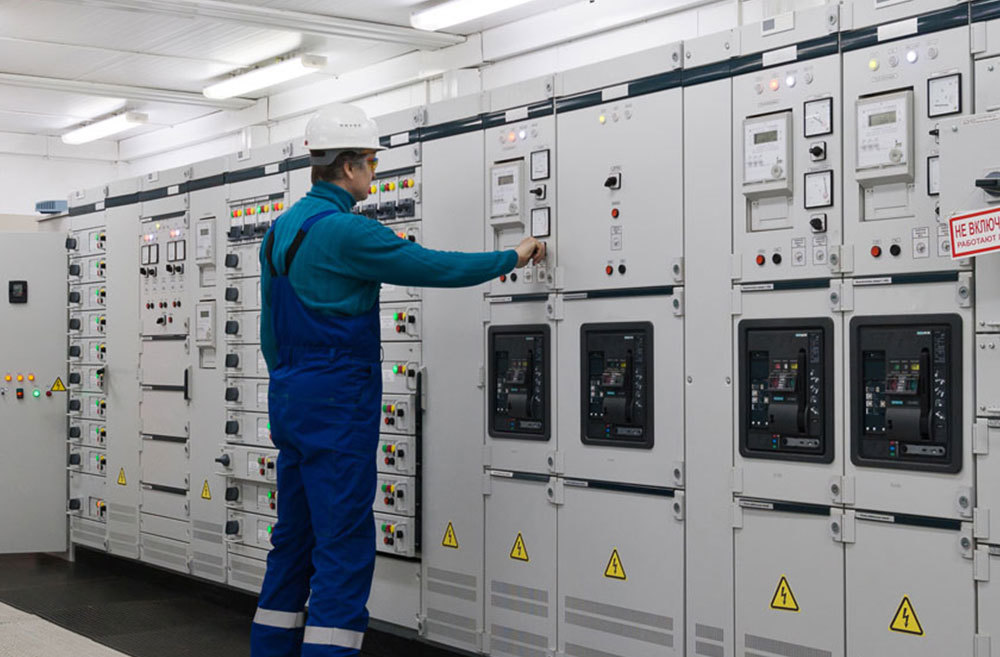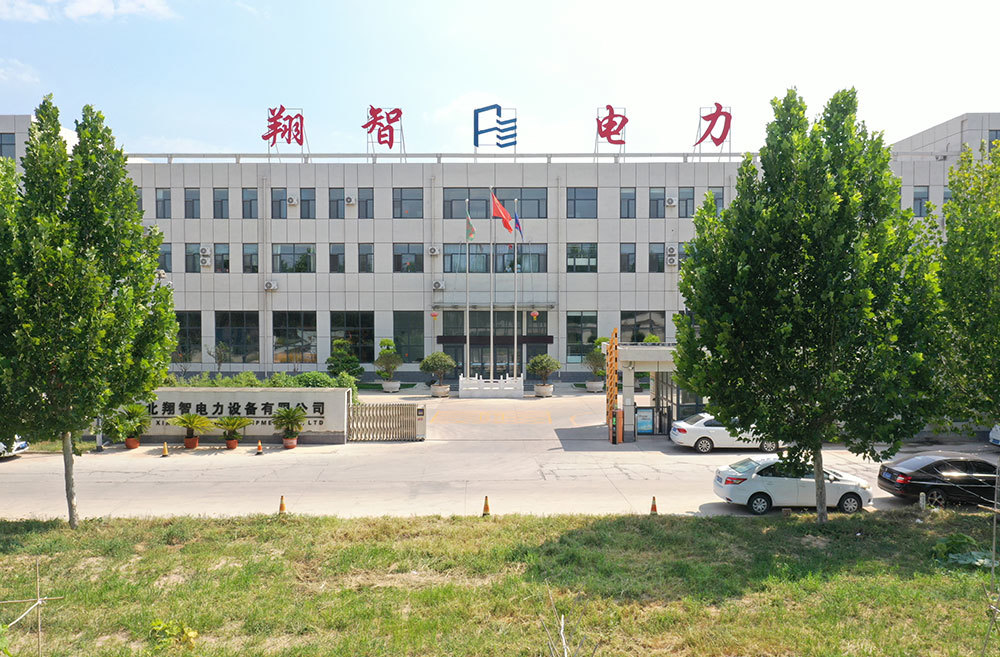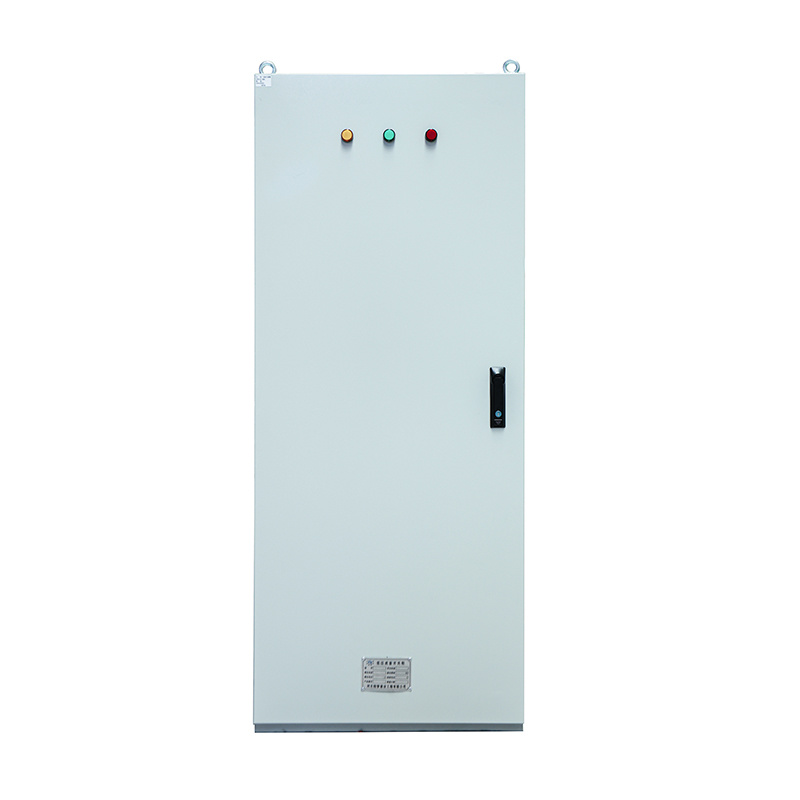How well do you understand high and low voltage switchgear?

High and low voltage switchgear, simply put, is equipment that connects high or low voltage cables. Generally, power supply bureaus and substations use high voltage switchgear, which then goes through transformers to low voltage cabinets, and the low voltage cabinets then connect to distribution cabinets for each electricity user. Inside, it is essentially electrical equipment assembled from components like power switches and isolating switches for protection. High and low voltage switchgear is a type of electrical equipment where the internal and external lines connect to the main control chip power switch inside the cabinet, then to sub-control power switches, each set according to requirements.
High and Low Voltage Switchgear Production Technical Operation Procedures
1. When working in all or part of the energized panels, maintenance equipment and operating equipment should be clearly marked and separated.
2. The secondary windings of voltage transformers and current transformers must have reliable grounding protection.
3. When working on the secondary circuit of an operating voltage transformer, the following precautions should be taken:
(1) It is forbidden to disconnect the current control circuit.
(2) To reliably short-circuit the secondary coil of the voltage transformer, short-circuit plates and short lines must be used; winding transmission lines is strictly prohibited.
(3) It is forbidden to perform any work on the control circuit and transmission lines between the voltage transformer and the short-circuit terminal.
4. When working on the secondary circuit of transformers in operating high and low voltage switchgear, the following precautions should be taken:
(1) Strictly avoid short circuits or grounding devices.
(2) Insulated tools and insulated gloves should be used, and related relay protection devices should be stopped before work if necessary.
(3) When connecting temporary loads, dedicated power switches and circuit breakers must be provided.
(4) During secondary circuit power-on tests of high and low voltage switchgear, to avoid primary side reverse DC transformer effects from the secondary side, besides disconnecting the secondary circuit, the primary circuit breaker should also be selected.
(5) Before powering the secondary circuit or performing AC withstand voltage tests, maintenance workers and related personnel should be notified, and someone should be assigned to supervise the site, check the control circuit, and ensure no one is working before applying voltage.
(6) Only personnel who have checked and turned off the power supply and secondary circuit are allowed to operate switching; no switching operations are allowed without staff approval.
Previous:
Contact Us
Email:
WhatsApp:










